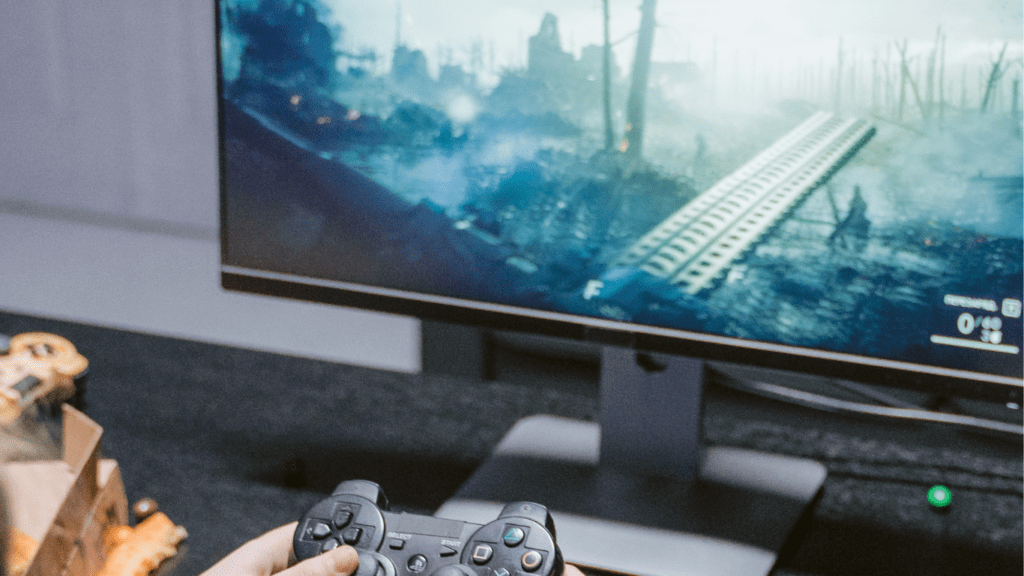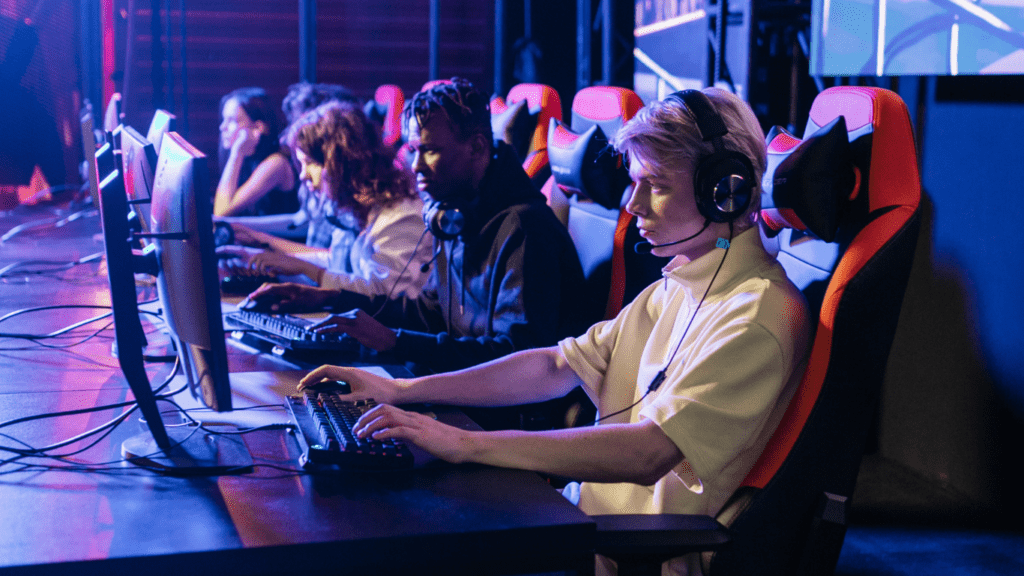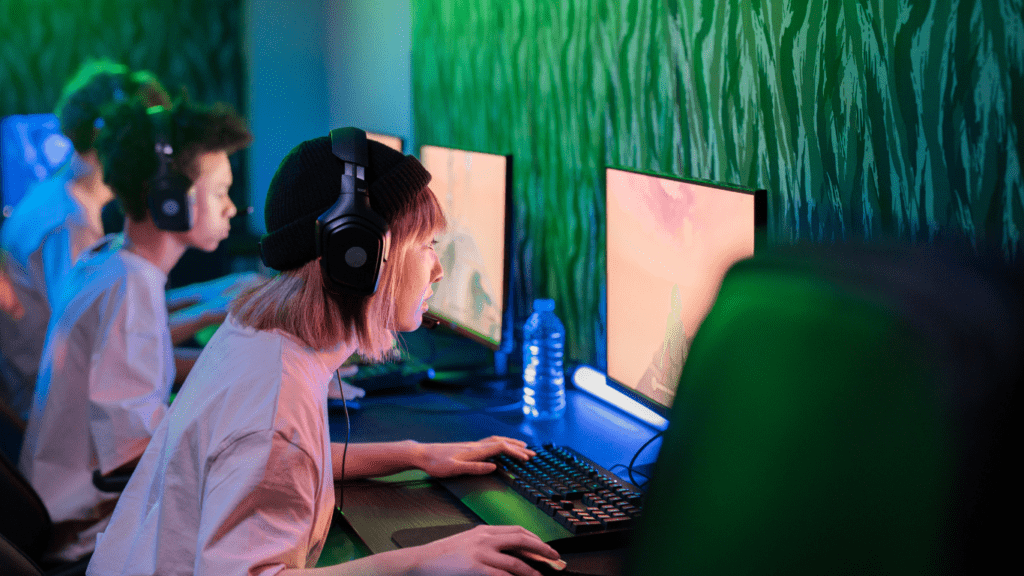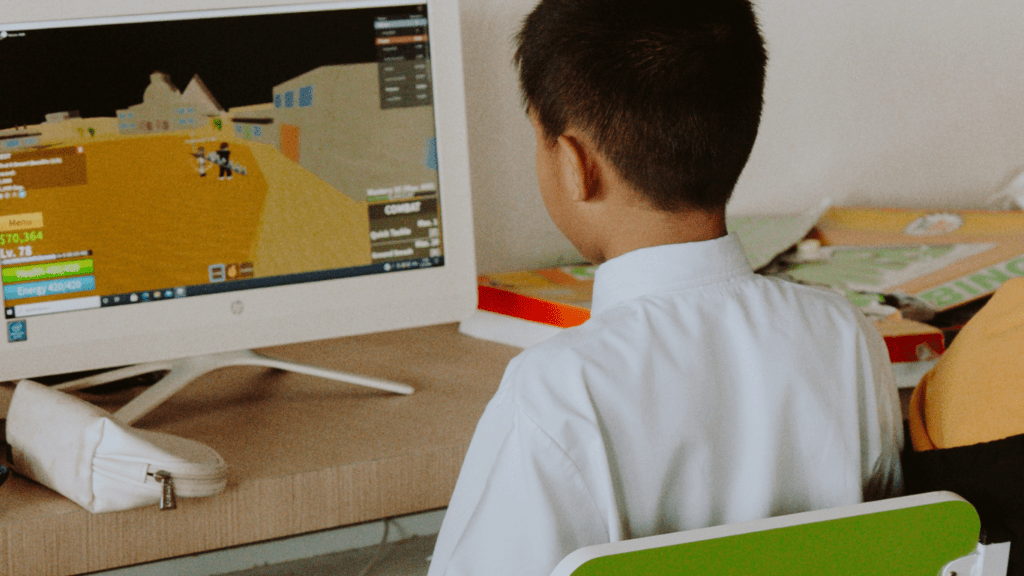Understanding Competitive Gaming
Competitive gaming, often known as esports, is a fast-growing industry where players engage in organized, multiplayer video game competitions. Unlike casual gaming, it demands a high level of skill, strategic thinking, and teamwork. Understanding its core elements is crucial for anyone aiming to excel.
Game Mechanics
Game mechanics refer to the rules and systems that govern gameplay. Mastering these mechanics is essential. For instance, in “League of Legends,” knowing champion abilities and item builds can significantly impact in-game performance.
Meta-Game
The meta-game involves understanding the most effective strategies and tactics at any given time. It evolves based on patches and updates. Staying current with the meta ensures players can adapt quickly and maintain a competitive edge. For example, in “Overwatch,” hero pick rates change frequently, affecting team compositions and strategies.
Communication
Effective communication plays a pivotal role in team-based games. Clarity and conciseness in relaying information can make the difference between winning and losing. In games like “Counter-Strike: Global Offensive,” callouts for enemy positions and strategic plans are essential.
Mental Resilience
Mental resilience is the ability to stay focused and composed under pressure. Competitive gaming often involves high-stakes situations where concentration and emotional control are vital. Developing mental resilience can help players recover from setbacks and maintain peak performance.
Practice and Training
Regular practice and targeted training are foundational for success. High-level players often follow rigorous training schedules, focusing on specific skills such as:
- aim accuracy
- map awareness
- reaction time
For instance, professional “Fortnite” players dedicate hours daily to honing their building and shooting techniques.
Community Engagement
Being active in the gaming community offers several advantages. It provides insights into trends, access to resources such as guides and tutorials, and the opportunity to participate in discussions and scrimmages. Engaging with the community can lead to better strategies and a supportive network.
Essential Skills for Competitive Gaming

Excelling in competitive gaming demands not just passion but a mastery of various essential skills. Players who focus on developing these key areas often find greater success in esports.
Reflexes and Coordination
Quick reflexes are crucial for reacting to in-game events promptly. In FPS games like “Counter-Strike” and “Valorant,” milliseconds can decide outcomes. Coordination improves through regular practice with purpose-built exercises. Fine-tuning hand-eye coordination enables more accurate targeting, dodging, and overall gameplay fluency.
Strategic Thinking
Strategic thinking involves anticipating opponents’ moves and planning ahead. Esports like “Dota 2” and “Starcraft” require complex strategies. Developing strong analytical skills helps in understanding the meta-game and adapting tactics in real time. Reviewing past matches and learning from mistakes refines strategic approaches.
Communication and Teamwork
- Effective communication in team-based games like “League of Legends” ensures cohesion.
- Clear, concise callouts and real-time updates about enemy positions or planned strategies maximize team efficiency.
- Building teamwork involves trust and understanding each player’s role fully.
- Consistent practice and team exercises enhance synergy, leading to coordinated, victorious plays.
- By honing these essential skills, competitive gamers can significantly increase their chances of success in the dynamic world of esports.
Preparation and Training
In competitive gaming, preparation and training are crucial. Effective strategies ensure a competitive edge in esports.
Analyzing Gameplay
Reviewing past game replays highlights strengths and uncovers weaknesses. I use tools like OBS to record matches and software like ShadowPlay for detailed analysis. Watching top players on platforms like Twitch helps me understand advanced strategies and techniques. By analyzing specific moves and decisions, I can improve my game awareness and adaptability.
Practicing with Purpose
Regular, focused practice hones skills. I set specific goals for each session, such as improving aim, mastering new characters, or refining strategies. Tools like Aim Lab and Kovaak’s FPS Trainer help enhance precision and reaction time. By keeping track of my progress, I ensure continuous improvement and effective practice sessions.
Staying Physically Fit
Physical fitness impacts gaming performance. I include exercises like cardio and strength training in my routine to maintain endurance and prevent fatigue during long sessions. A balanced diet and proper hydration are essential for sustained focus and energy levels. Taking regular breaks and doing stretches help prevent strain injuries and keep my mind sharp.
In-Game Strategies
Competitive gaming demands not only mechanical proficiency but also advanced tactical awareness and execution. Here are key strategies to gain the upper hand:
Map Awareness and Positioning
Understanding the game map’s layout critically enhances gameplay. Knowing choke points, hiding spots, and high-traffic areas creates better movement decisions.
For instance, in “Overwatch,” strategic positioning near health packs and advantageous sightlines can be game-changing. Reliable map awareness involves constantly monitoring the mini-map, predicting enemy movements, and communicating locations with team members to coordinate attacks and defenses.
Resource Management
Effective resource management often dictates the difference between victory and defeat. It encompasses managing in-game currency, abilities, and ammunition economically.
In “League of Legends,” it’s essential to accumulate gold efficiently and invest in the right items to scale. Similarly, in “Counter-Strike,” spreading out the buy phase and conserving grenades and ammo increases tactical flexibility. Prioritizing when resources should be spent or saved adds depth to team strategy.
Countering Opponents
Identifying and countering opponents’ strategies proves vital for consistent wins. Adaptability becomes key; understanding enemy tactics and dynamically adjusting responses can exploit weaknesses.
Observing patterns helps, like noting when opponents tend to rush sites in “Valorant” or conserve ultimates in “Dota 2.” Assigning roles and practicing specific counter plays can dismantle enemy plans and shift the match’s tide.
Post-Game Analysis
Analyzing matches after playing offers valuable insights. I start by reviewing the match replays. Identifying key moments, such as when the tide turned or specific mistakes, highlights areas for improvement. Many games include built-in replay systems, making this step straightforward.
Next, I focus on statistics. Metrics like kill/deaths, resource control, and objective completions provide quantifiable feedback. For example, high death counts might point to positioning issues, while low resource control suggests inefficiencies in gameplay.
I also compare my performance to higher-ranked players. Watching their replays and noting their decision-making and positioning offers practical learning points. Observing these patterns helps adapt strategies, enhancing in-game decisions.
Feedback from teammates is another essential aspect. Discussing the match provides different perspectives, which can reveal blind spots in my playstyle. Constructive criticism, paired with self-analysis, sharpens overall skills.
Finally, I set specific, actionable goals based on the analysis. If transitioning more efficiently between objectives is a common theme, I prioritize practicing that skill in the next sessions. By continually refining these aspects, I ensure continuous improvement.




